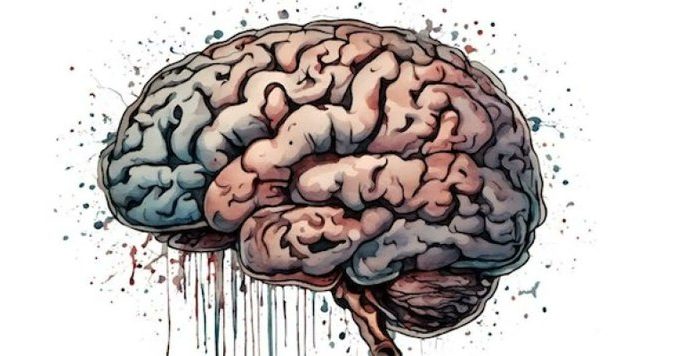
- Rapid AI advancements risk human cognitive disconnection.
- AI can alter our basic understanding of « reality. »
- This shift poses existential risks and redefines the human experience.
The Turing Test, a concept introduced by Alan Turing in 1950, has been a foundation concept for evaluating a machine’s ability to exhibit human-like intelligence. But as we edge closer to the singularity—the point where artificial intelligence surpasses human intelligence—a new, perhaps unsettling question comes to the fore: Are we humans ready for the Turing Test’s inverse? Unlike Turing’s original proposition where machines strive to become indistinguishable from humans, the Inverse Turing Test ponders whether the complex, multi-dimensional realities generated by AI can be rendered palatable or even comprehensible to human cognition. This discourse goes beyond mere philosophical debate; it directly impacts the future trajectory of human-machine symbiosis.
The Complexity of AI-Created Worlds
Artificial intelligence has been advancing at an exponential pace, far outstripping Moore’s Law. From Generative Adversarial Networks (GANs) that create life-like images to quantum computing that solve problems unfathomable to classical computers, the AI universe is a sprawling expanse of complexity. What’s more compelling is that these machine-constructed worlds aren’t confined to academic circles. They permeate every facet of our lives—be it medicine, finance, or even social dynamics. And so, an existential conundrum arises: Will there come a point where these AI-created outputs become so labyrinthine that they are beyond the cognitive reach of the average human?
